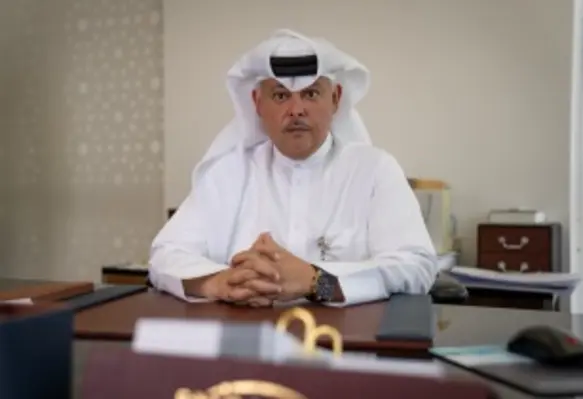Hamad Al Mannai, vice-president – commercial at Es’hailSat, explains, companys plans for future expansion and also talks about the future of satellite communications, in terms of technology developments and innovation
1. What are your plans for future expansion?
For Es’hailSat’s business, the priority over the next 12 months is expanding services to customers across the board. Es’hailSat remains the first choice for companies across the MENA region wherever there is a need for connectivity over satellite. There are multiple long-term projects to fulfil the company’s vision of being a world class satellite operator and service provider that effectively contributes to the success of Qatar's National Vision 2030 by adding a new dimension to diversify its economy. For us the video sector remains a key vertical, however we see opportunities within the mobility sector that is certainly on an upward trend. We also see new growth markets in these sectors that we intend to enter, beyond our current core region of MENA.
2. How do you view prospects for developing your business in Africa?
Africa has tremendous potential for expanding connectivity services given the unique challenges faced by the continent. While fiber continues to reach the shores of various countries in Africa, getting the same connectivity inland and overcoming the challenges on-the-ground is a different story altogether. For demanding Enterprise and Military / Government customers who require reliable, robust and cost-effective telecom solutions, satellite services continue to be the preferred option, and this is where Es’hailSat comes in with our two satellites at 25.5 / 26 East. With state-of-the-art services across sectors such as Television Broadcasting, Enterprise VSAT and Broadband Connectivity as well as Mobility services such as Maritime, we are fully equipped to cater to the needs of the African market today and in the future.
3. How do you see the future of satellite communications, in terms of technology developments and innovation?
Satellite services need to be recognised as critical communications infrastructure. In the future, satellite technology, which is already delivering television services to a large number of households today, will also deliver telecommunication services and a host of applications on top of it, no matter where one is located. As with any satellite service, the primary objective is to provide critical communications infrastructure, wherever and whenever it is required. Best practices include end-to-end service delivery with high levels of availability. This is further augmented by secure and reliable connectivity across both fixed ground networks and land mobile, maritime and aviation sectors. Mid to long term, mobility services be it on land, maritime or aviation, and Internet-of-things will utilise satellites as the critical infrastructure for connectivity. It will be important to have a consolidated solution for satellites technology, its related terminals, and services to be prepared for the future.























